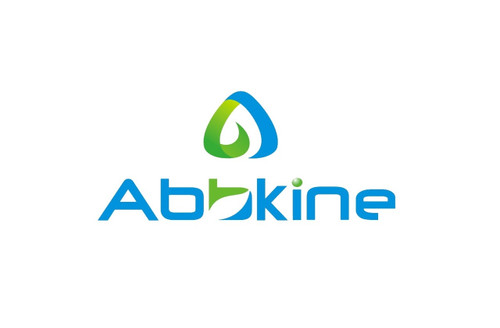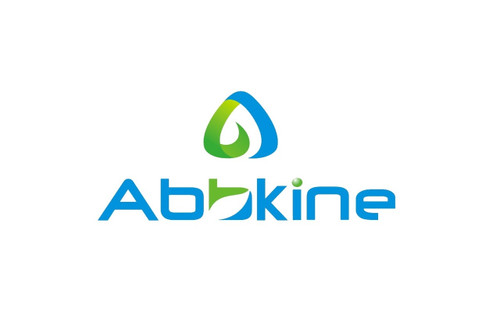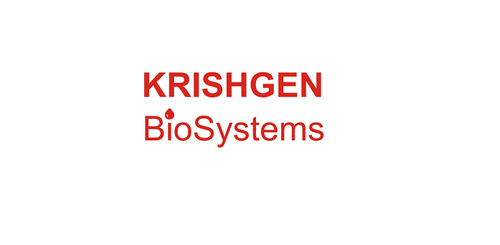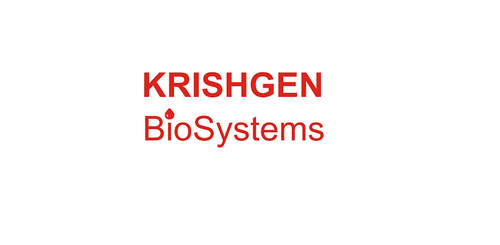Product Description
Mouse Zinc transporter 3 (SLC30A3) ELISA Kit | AE18750MO | Abebio
Species Reactivity: Mouse (Mus musculus)
Abbreviation: SLC30A3
Alternative Name: ZNT3; zinc transporter ZnT-3
Application: ELISA
Range: 0.312-20 ng/mL
Sensitivity: 0.114 ng/mL
Intra-Assay: ≤4.5%
Inter-Assay: ≤7.5%
Recovery: 1
Sample Type: Serum, Plasma, Other biological fluids
Detection Method: Sandwich
Analysis Method : Quantitive
Test Principale: This assay employs a two-site sandwich ELISA to quantitate SLC30A3 in samples. An antibody specific for SLC30A3 has been pre-coated onto a microplate. Standards and samples are pipetted into the wells and anySLC30A3 present is bound by the immobilized antibody. After removing any unbound substances, a biotin-conjugated antibody specific for SLC30A3 is added to the wells. After washing, Streptavidin conjugated Horseradish Peroxidase (HRP) is added to the wells. Following a wash to remove any unbound avidin-enzyme reagent, a substrate solution is added to the wells and color develops in proportion to the amount of SLC30A3 bound in the initial step. The color development is stopped and the intensity of the color is measured.
Product Overview: By screening a human temporal cortex cDNA library with a mouse zinc transporter-3 (Znt3) cDNA, Palmiter et al. (1996) cloned cDNAs encoding ZNT3. The predicted 388-amino acid ZNT3 protein has 6 transmembrane domains, with the N and C termini located in the cytoplasm. The human and mouse ZNT3 proteins are 86% identical. Northern blot and RT-PCR analyses of mouse tissues detected Znt3 transcripts only in brain and testis. By in situ hybridization of mouse brain, Znt3 mRNA was most abundant in the hippocampus and cerebral cortex. Immunohistochemical analysis of brain using antibodies against Znt3 detected protein expression in a pattern similar to that of histochemically localized vesicular zinc.
Stability: The stability of ELISA kit is determined by the loss rate of activity. The loss rate of this kit is less than 5% within the expiration date under appropriate storage condition. The loss rate was determined by accelerated thermal degradation test. Keep the kit at 37°C for 4 and 7 days, and compare O.D.values of the kit kept at 37°C with that of at recommended temperature. (referring from China Biological Products Standard, which was calculated by the Arrhenius equation. For ELISA kit, 4 days storage at 37°C can be considered as 6 months at 2 - 8°C, which means 7 days at 37°C equaling 12 months at 2 - 8°C) .
 Euro
Euro
 USD
USD
 British Pound
British Pound
 NULL
NULL












